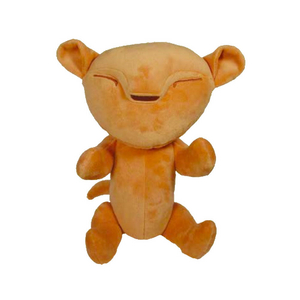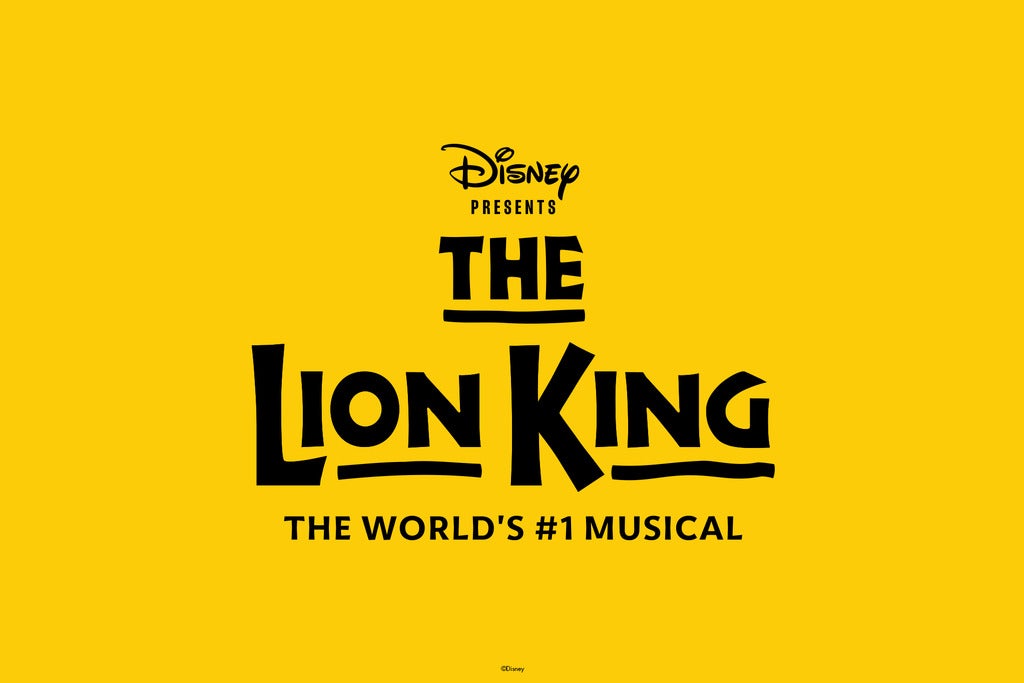Review: Resplendent LION KING Reigns Supreme at Providence Performing Arts Center
A simple sunrise - the opening image in Disney's The Lion King - became one of the most iconic scenes in cinematic history. The first rays of light appeared on screen accompanied by the "Nants' Ingonyama" chant of the blockbuster song "Circle of Life," and the majestic parade of animals that followed marked a watershed moment in animation technology. "Circle of Life" cemented The Lion King's place in the lexicon of cinema and in popular culture as the film conquered box offices worldwide.
That same musical moment has even more of an impact when experienced in a live theatrical setting. The mandrill Rafiki takes up the chant on stage, and the first notes of the song resonate around the house as performers return the call from the wings, the rear of the auditorium, and the heights of the balcony, summoning creatures great and small down the theater aisles. Elephants, giraffes, leopards, zebras, and soaring birds file past, immersing theatergoers in the savanna animals' journey in an astounding recreation of the film's seminal opening sequence.
When the stage production of The Lion King bowed on Broadway nearly twenty years ago, it received universal acclaim for this ingenuity and artistry. Disney gathered a remarkable team of creative minds (including Michael Curry, Garth Fagan, Donald Holder, Richard Hudson, and Julie Taymor) to translate lion cub Simba's coming-of-age tale from animation to footlights. This inspired assembly, under Taymor's direction, immediately dismissed any notion of actors in fuzzy suits. Instead, the group returned to the African influences that shaped the film and incorporated cultural markers in the show's dynamic masks, intricate cloth and costuming details, and dance and choreographic sequences. International influences guided the multiple forms of puppetry chosen for the production, and Lebo M.'s African language chants from both the film's soundtrack and The Rhythm of the Pride Lands album were brought to the forefront as full musical numbers in their own right.
The result: a masterpiece. The Lion King changed the theatrical landscape just as its film counterpart had impacted cinema only three years earlier. This was no mere novelty - nothing like The Lion King had been attempted before, and its inventiveness and originality have yet to be matched. The New York production won six Tony Awards, including Best Musical. Two decades into its run, The Lion King still plays to sold-out houses across the globe and its artistry feels just as breathtaking and innovative as it was when the show debuted.
The touring production now playing at the Providence Performing Arts Center is absolutely exceptional, and the magic of The Lion King is evident in audience reactions. There is no polite applause during this show; instead, audible gasps and murmurs of admiration punctuate the narrative. The atmosphere is electric as cast members breathe new energy and complete conviction into every scene. One would be hard-pressed to find a finer or stronger assembly of actors, singers, and dancers than this remarkable company.
Buyi Zama sets the tone with a powerful performance of "Circle of Life," and her Rafiki is an absolute joy from curtain to curtain ("Nao Tse Tsa" and "He Lives in You" are showstoppers). Mark Campbell revels in Scar's unrepentant villainy, masking the depths of his character's treachery under an air of aristocratic weariness. Dashaun Young allows Simba the room and time to grow up through his experiences, regaining his confidence and regal bearing with each scene, while Nia Holloway's moving delivery of "Shadowlands" establishes the depth and dimension she brings to her portrayal of Nala. Drew Hirshfield masterfully manipulates the Zazu puppet (along with Zazu's snappy dialogue) to make the majordomo one of the most memorable characters in the production. Rising stars Jordan Williams and Meilani Cisneros shine brightly, enchanting as Young Simba and Young Nala.
The physical aspects of the masks and puppets influence the actors' characterizations as well. During "They Live in You," Gerald Ramsey removes Mufasa's majestic mask to show that the mighty king is, in that moment, a tender-hearted father first. When Ramsey replaces the mask at the scene's end, the set of his shoulders suggests Mufasa regaining the weight of his royal office. The hyena characters (played to perfection by Tiffany Denise Hobbs, Keith Bennett, and Robbie Swift) often take the role of comic relief, but their sheer size and presence - they absolutely tower over the lion cubs - prove they are a very real menace. Timon and Pumbaa (portrayed by the winning duo of Nick Cordileone and Ben Lipitz) may be at the bottom of the food chain, but Pumbaa's warthog tusks loom large enough to defend Pride Rock, and the Timon puppet stands fully as tall as Young Simba. Masks and puppets also astound as they bring the complexity of the wildebeest stampede to life. The artistic genius of this creative approach ensures that the danger, speed, and intensity of this most pivotal scene read convincingly right up to the balcony.
Disney's The Lion King plays The Providence Performing Arts Center through Sunday, March 19, 2017. Tickets can be purchased online at www.ppacri.org, by phone (401) 421-ARTS (2787), or by visiting the box office at 220 Weybosset Street, Providence, RI. Individual ticket prices start at $30 and group orders (10 or more) may be placed by calling (401) 574-3162.
Pictured: Buyi Zama as "Rafiki"; Gerald Ramsey as "Mufasa." Photos by Joan Marcus, Matthew Murphy. ©Disney.
Reader Reviews



 The Lion King Baby Simba Plush
The Lion King Baby Simba Plush The Lion King Rubber Magnet
The Lion King Rubber Magnet The Lion King Metal Magnet
The Lion King Metal Magnet The Lion King Sun Logo Tee
The Lion King Sun Logo Tee
